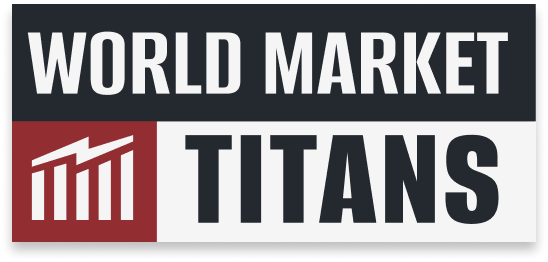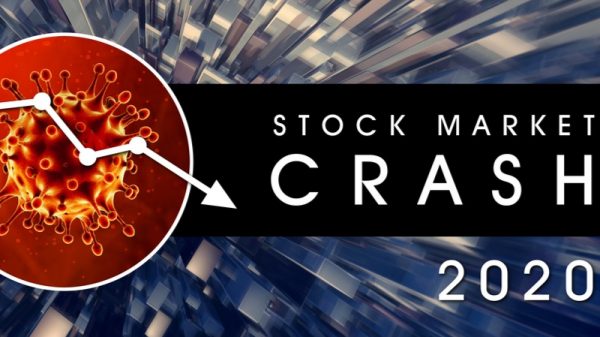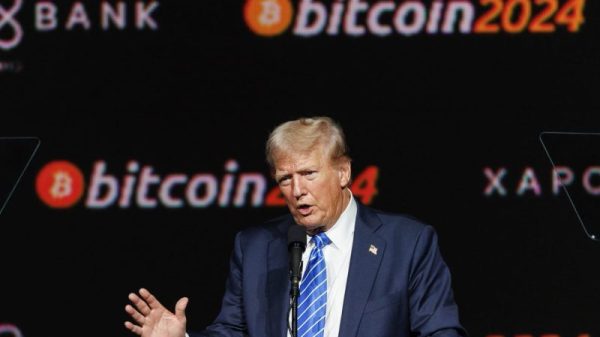On the surface, index and stock options are very similar. Still, there are some differences that traders should be aware of. Understanding these differences can save you from making some costly mistakes in the future. An ounce of prevention is more valuable than a pound of cure.
In this article, we’ll look closely at the factors that make stock and index options unique.
What Are Stock Options?
The buyer of a stock option has the right, but not the obligation, to buy or sell shares of a specific stock at a predetermined price before the expiration date. Stock options are primarily used for either speculation, to bet on big price moves in a stock, or to hedge risks in a stock, like an upcoming earnings report.
To better understand how stock options work, let’s consider the example of a call option in Apple stock. Suppose we’re interested in the March 17 $160 call option, currently trading for $2.85.
This option will expire after the close on March 16 (Friday). Suppose the option is in-the-money at the close of trading. In that case, the buyer’s right to buy Apple at $160 per share will automatically be exercised.
The option’s strike price is $160, meaning the buyer has the right to purchase 100 shares of Apple stock at $160 per share until the expiration date.
It’s important to note that the option’s price is $2.85 per share. Still, since options are quoted in per-share terms, and each stock option represents 100 shares of the underlying stock, the total cost comes to $285.00. I know it’s confusing, but options are quoted this way to provide context. You can quickly look at an option price of $2.85 and think: “it’ll cost me $2.85 per share to participate in upside above the strike price of $160 until March 17. Is that a good deal?”
Putting it all together, the buyer of this stock option has the right to buy Apple stock at $160 per share at any time up until the expiration date of March 17.
What Are Index Options?
While similar to stock options in most respects, index options have some critical differences that traders should be aware of. To begin, let’s get clear on some basic definitions of what an index option is.
The buyer of an index option has the right, but not the obligation, to buy or sell a specific stock index at a predetermined price and date. In contrast to stock options, index options can only be exercised at the settlement date. In contrast, stock options can be exercised anytime up until settlement.
Let’s look at an example of an index option, just as we did with our Apple Stock Options example. Suppose we’re looking at call options on the S&P 500 index (ticker: $SPX). We find a call option for the March 17 expiration with a strike price of 4300 call option and a current price of $20.00 per contract.
In this case, if the option is in-the-money (meaning the S&P 500 index is trading above 4300) at the time of expiration, the option holder is paid the option’s cash value. For instance, if the S&P 500 is at 4350 at expiration, the option holder would have $5,000 credited to their trading account. This is because the option is $50 in-the-money (4350 – 4300 = 50), and each option contract is for 100 shares of the underlying asset (50 * 100 = 5,000).
So to summarize, this 4300 call option will settle for cash, the difference between the strike price of 4300 and the market price at settlement.
How Stock Options and Index Options Differ
Options settlement ensures that both the buyer and seller of an options contract fulfill their obligation. For example, settlement provides that the buyer of an Apple 160 call option receive their shares at the agreed-upon price of $160 per share. At the same time, the seller is obligated to provide said shares at that price.
But stock options and index options have slightly different settlement processes.
Index Options: Cash Settlement
Index options use a cash settlement process, where the two parties of the option contract don’t actually exchange the underlying asset at expiration. Instead, they settle up in cash. The cash value is determined through the difference between the strike price and the underlying asset’s market price at the time of settlement.
Suppose you own a call option on the S&P 500 index with a strike price of 4200 and the S&P 500 index is at 4300 at expiration. Instead of transferring shares as you would in a physical settlement, you’d simply receive the difference between the strike price and market price at expiration of $10,000.
Most traders prefer the cash settlement process, as it’s much simpler. No worries about being assigned, fussing with shares after settlement, etc. It’s clean–everything is transferred via cash.
Stock Options: Physical Settlement
Physical settlement involves exchanging the actual underlying asset between the buyer and seller of an option upon settlement of the contract. It’s called “physical” because it involves an actual transfer of shares instead of just settling up in cash, as index options do with cash settlement.
Let’s say you bought a put option on McDonald’s stock with a strike price of $260. When the option expires, McDonald’s stock is trading at $266 at expiration. In this case, the option is automatically exercised, and the seller of the option must sell you 100 shares of McDonald’s at $260 per share.
On the other hand, if you were the seller of that put option, and you sold that same put option, you’d be forced to sell the buyer of the option 100 shares of McDonald’s at $260. If you don’t have the shares to fulfill the assignment, your broker will buy them at the market price and use them to meet the assignment.
So if you’re selling “uncovered” options and don’t have the shares to fulfill an assignment, it’s generally best to close out the option before settlement.
Index Options Are More Tax-Efficient
On average, your tax liability for profitable index options will be lower than the equivalent stock options trade. This is because index options and stock options are taxed differently.
Stock option trades are taxed like ordinary stock trades. If the trade was open for less than a year, those profits would be taxed at the short-term capital gains rate, which is higher than the long-term capital gains rate.
But index options benefit from their designation as “1256” contracts, thanks to Section 1256 of the IRS Code. Regardless of the trade time frame, these contracts are taxed at a blended rate. Essentially, 60% of the profits are taxed at the long-term capital gains rate, and the other 40% are taxed at the short-term capital gains rate.
Index Options Require More Capital
Stock indexes tend to have higher prices than your average stock, which means index options, representing 100 shares of the underlying, can cost more. For instance, a 28-day at-the-money call option on the S&P 500 index could run you a whopping $8,600, as the index is currently sitting at 4,147.
On the other hand, consider the closest stock equivalent to the S&P 500 index, the SPDR S&P 500 ETF Trust, also known as SPY. The price of a call option at the same strike price would only cost you about $860 because SPY is one-tenth of the price of the S&P 500 index, currently at 413.98.
But there’s a huge caveat here. While it’s true that if you want to trade the most liquid and popular index options like $SPX, much more capital is required than your average stock trade, the CBOE recently gave undercapitalized traders more options.
The CBOE recently launched mini and nano options on the S&P 500 index, representing 1/10th and 1/100th of the size of an SPX option, respectively. For instance, an at-the-money call in mini SPX options would run you roughly $860, and the equivalent nano SPX option is approximately $86.
Keep in mind that these smaller contract sizes are very new and generally aren’t very liquid.
Stock Options Offer So Many Choices
According to FinViz, there are 5,343 optionable stocks listed on major US exchanges. Some stocks double or get chopped in half nearly every day in the stock market. There’s a wealth of opportunity for those willing to navigate smaller and less liquid markets.
On the other hand, there’s just a handful of stock indexes, along with the VIX, and they all pretty much move in tandem. Sometimes the major indices are quiet for long periods, and index options offer little in the way of opportunity.
For reference, here’s a list of the most popular and active index options:
List of Index Options
● S&P 500 Index ($SPX)
● Mini S&P 500 Index ($XSP)
● Nano S&P 500 Index ($NANOS)
● Nasdaq 100 Index ($NDX)
● Russell 2000 Index ($RUT)
● Dow Jones Industrial Average Index ($DJX)
● S&P 500 Volatility Index ($VIX)
Bottom Line
Though similar to stock options in many ways, index options differ in a few key ways, such as settlement, expiration, and tax treatment.
Traders looking to maximize their profits in options trading shouldn’t limit themselves to the option market they started with. Stock, index, and futures options offer their own benefits and drawbacks.
Related articles
Option Settlement: The Basics
How Index Options Settlement Works
Index Options Or ETF Options?
Options Expiration: 6 Things To Know
Early Exercise: Call Options

























